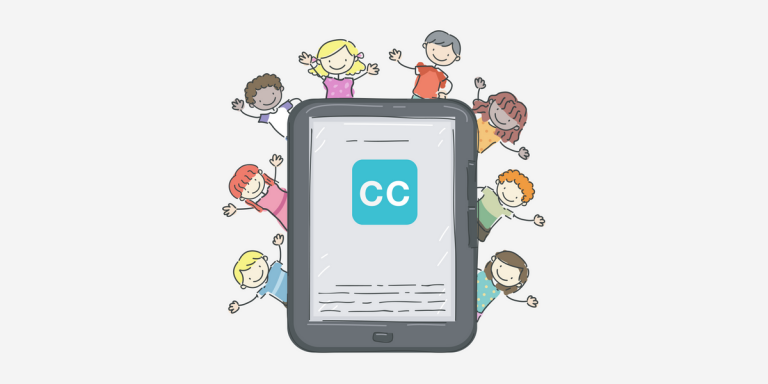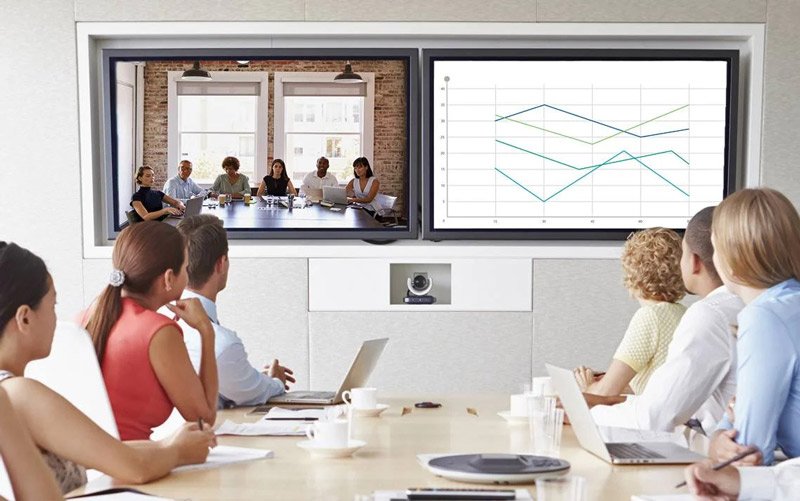In today’s digital age, the accurate delivery of captions has become an essential aspect of content creation. Captions not only provide accessibility for individuals with hearing impairments but also enhance the overall user experience by providing a comprehensive understanding of the content. In this article, we will explore the importance of accurate captions, the difference between captions and subtitles, the accuracy of YouTube closed captions, the benefits of accurate real-time captions, tools and techniques for delivering accurate captions, common challenges and solutions for accurate captioning, the impact of inaccurate captions on accessibility, and how technology advancements are improving accuracy in captioning.
The Importance of Accurate Captions
Accurate captions play a crucial role in ensuring that content is accessible to individuals with hearing impairments. They provide a textual representation of the audio content, allowing deaf or hard-of-hearing individuals to follow along and fully comprehend the message being conveyed. Moreover, accurate captions also benefit individuals who may not have access to sound, such as those in a noisy environment or those who prefer to consume content in a silent setting. By ensuring accurate captions, content creators can reach a wider audience, fostering inclusivity and diversity.
Understanding the Difference Between Captions and Subtitles
Although often used interchangeably, captions and subtitles serve distinct purposes. Captions are primarily designed for individuals with hearing impairments and provide a textual representation of all audio content, including dialogue, sound effects, and background noises. On the other hand, subtitles are primarily intended for individuals who do not understand the language being spoken in the audio. Subtitles only translate the dialogue, allowing viewers to understand the content in their native language. Understanding this difference is essential for delivering accurate captions that cater to the specific needs of the audience.
How Accurate Are YouTube Closed Captions?
YouTube closed captions, generated automatically by speech recognition algorithms, have come a long way in terms of accuracy. However, they are still prone to errors, especially in cases where the audio quality is poor, there are multiple speakers, or there are unusual accents or dialects. While YouTube provides options for manual editing of captions, content creators often choose to use professional captioning services to ensure the highest level of accuracy. These services employ human transcribers who can accurately capture the nuances of the audio, resulting in captions that are easy to read and understand.
Are Captions More Accurate Than Subtitles?
When comparing captions and subtitles, accuracy is a critical factor to consider. Since captions aim to provide a comprehensive representation of all audio content, including non-verbal cues and sound effects, they are generally more accurate than subtitles. Subtitles, on the other hand, focus solely on translating the dialogue, often omitting non-verbal cues or contextual information. While both captions and subtitles serve their respective purposes, accurate captions are essential for individuals with hearing impairments, as they ensure a full understanding of the content.
The Benefits of Accurate Real-Time Captions
Real-time captions, generated instantaneously during live events or broadcasts, offer numerous benefits. Firstly, they provide immediate accessibility for individuals with hearing impairments, allowing them to follow along in real-time. Secondly, real-time captions enable people in noisy environments or those without access to sound to engage with the content. Additionally, accurate real-time captions can be utilized in educational settings, enhancing the learning experience for students with hearing impairments. The real-time nature of these captions requires robust technology and skilled captioners to ensure accuracy, making them an invaluable tool for accessibility and inclusivity.
Tools and Techniques for Delivering Accurate Captions
Content creators have access to various tools and techniques for delivering accurate captions. Automatic speech recognition (ASR) technology is widely used to generate captions by converting spoken language into text. However, since ASR is not always 100% accurate, manual editing by human transcribers is often required to ensure the captions’ accuracy. Additionally, content creators can utilize specialized software and captioning platforms that offer features like speaker identification, time synchronization, and caption placement customization. By combining these tools and techniques, content creators can deliver accurate captions that meet the needs of their audience.
Common Challenges and Solutions for Accurate Captioning
Captioning presents its fair share of challenges, but with the right solutions, accurate captioning is achievable. Some common challenges include poor audio quality, multiple speakers, strong accents or dialects, and technical limitations of automatic captioning tools. To overcome these challenges, content creators can focus on improving audio quality during recording or utilize external microphones for better sound capture. They can also opt for professional captioning services that provide human transcribers with expertise in handling challenging audio content. By addressing these challenges head-on, content creators can ensure accurate captions that cater to their audience’s needs.
The Impact of Inaccurate Captions on Accessibility
Inaccurate captions can have a significant impact on accessibility and user experience. For individuals with hearing impairments, inaccurate captions can lead to confusion, misunderstandings, and an incomplete understanding of the content. This not only hinders their ability to enjoy the content but also excludes them from accessing vital information. Moreover, inaccurate captions can also negatively affect individuals without hearing impairments, as they rely on captions for clarity in noisy environments or for language comprehension. To ensure accessibility and inclusivity, content creators must prioritize the accuracy of captions in their content.
Improving Accuracy in Captioning Through Technology Advancements
Technology advancements have played a pivotal role in improving the accuracy of captioning. Automatic speech recognition (ASR) technology has become more sophisticated, resulting in better initial caption generation. However, the human touch remains essential for ensuring the highest level of accuracy. Human transcribers possess the ability to understand context, accurately capture nuances, and make judgment calls when the audio is ambiguous. By combining ASR technology with human expertise, content creators can leverage the power of technology while maintaining the accuracy of captions.
Conclusion: The Future of Accurate Captions
As technology continues to evolve, the future of accurate captions looks promising. Advancements in machine learning and artificial intelligence are expected to further enhance the accuracy of automatic captioning tools, reducing the need for extensive manual editing. Additionally, new tools and techniques will continue to emerge, empowering content creators to deliver accurate captions efficiently. However, it is crucial to remember that the human element remains vital for capturing the intricacies of audio content. By embracing these advancements while prioritizing accuracy, content creators can ensure that their captions provide the utmost accessibility and user experience.
In conclusion, accurate captions play a pivotal role in enhancing accessibility and user experience. They provide individuals with hearing impairments the ability to fully engage with content, while also benefiting a broader audience. By understanding the difference between captions and subtitles, recognizing the limitations of YouTube closed captions, and embracing real-time captioning, content creators can deliver accurate captions that cater to their audience’s needs. With the help of tools, techniques, and professional captioning services, accurate captioning is within reach, ensuring inclusivity and making content accessible to all.




